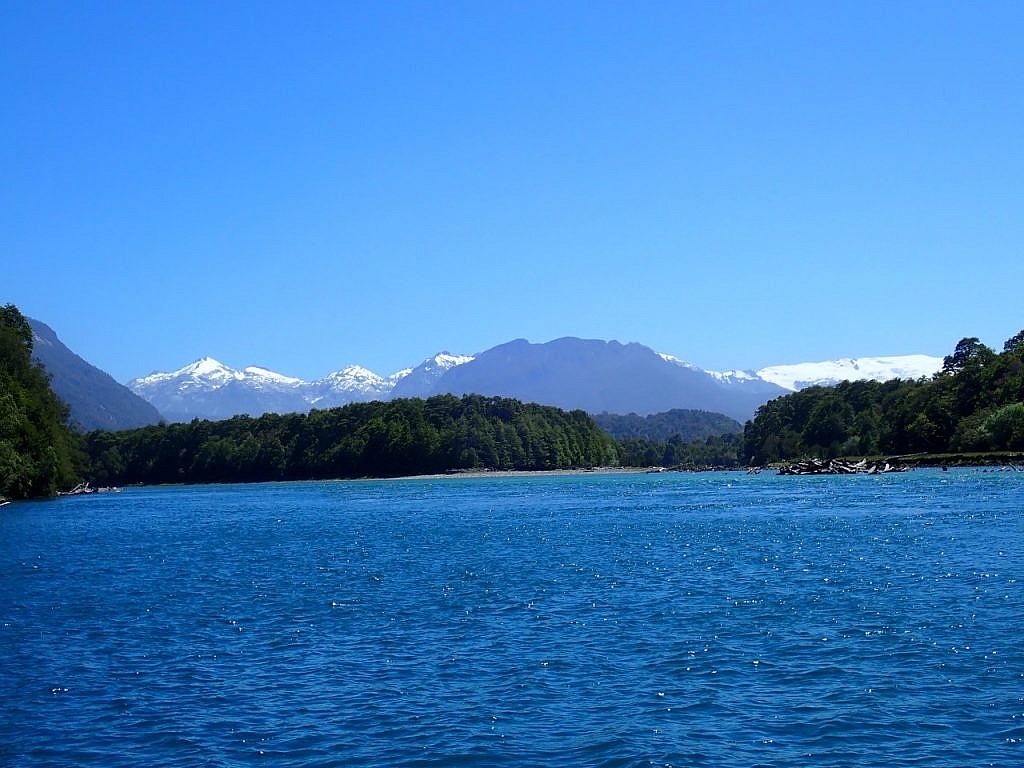
by Scott Sadil
Roland Bastidas, my young guide the last few days out of Yelcho en la Patagonia, loads my gear into the lodge truck and drives me to the little Pewen airport in Chaitén, start of the long journey home.
Even though we’ve communicated, on the water, almost entirely in Spanish, it turns out Roland, like many Chilenos, speaks English as well if not better than my tangled efforts with the native tongue. He’s making his pitch. Like many young local guides, he would love to find work out of country, somewhere in the Northern Hemisphere so he could keep fishing during the Chilean winter. Alaska, of course, is on every guide’s radar.

I tell him I know a few people. But only a very few. Also, I worry about what it would be like for Roland, or other young guides I’ve met throughout Chile, in Alaska or other parts of the states. Would his limited English prove a liability, maybe even a problem? Would he be appreciated for his obvious skills, or resented as a foreigner?
I’m sure of one thing: in the face of the ongoing pandemic, he’s much safer staying put in Chile.

Any angler visiting the country will feel the same way.
Along with eleven other passengers, I board a small prop plane for the short flight to Puerto Montt. You can make the same trip by car, but it will take you two ferry rides and most of a day.
The view from the plane embraces water and islands everywhere, mountains to the east, the kind of promise of adventure that always makes a guy like me, at my age, feel a twinge of sadness, knowing I’m most assuredly not going to make it down here, with a small boat, and explore this untold wealth of dreamy waters, all of it ripe with something I’ve been seeking, and sometimes finding, throughout my life.

My driver in Puerto Montt takes me to the public clinic in town so I can get my PCR test, required before I board my flight, tomorrow late in the evening, for Houston. Despite my usual struggles with the Spanish, I’m in and out of the clinic in half an hour, cost 18,000 pesos, or about $21.00 U.S.
Then down to the waterfront and a hip little lunch spot for another slab of beautiful beef, cooked just enough and no more, to accompany a big dry red that, along with memories of good trout, makes my heart soar.
After the flight to Santiago and a night in a quiet hotel, not always easy to find in a city of nearly seven million people — more than a third of Chile’s entire population — I repeat the same sort of lunch with Marc Whittaker and Hernan Lepeley, although this time with pisco sours* because, well, where am I going to find one at home?
Eighteen hours later, I find myself in the midst of yet another Covid wave, snow on the ground, temperatures in the ‘teens, and nights that seem to go on and on, if not forever.
My only question is why.
*Editor’s Note: According to sources, a pisco sour is “made with pisco brandy, simple syrup, lime juice, egg white, and a few dashes of bitters; the pisco sour’s taste is a tantalizing mix of tart, sweet, silky, and herbaceous.” The Editor wanted to know, and thought you might, as well.
______________________________________________________________________________
The first thing Gray’s Angling Editor Scott Sadil did on arriving home from Chile was find a copy of Roderick Haig-Brown’s Fisherman’s Winter — the next best thing to actually fishing in Chile.
